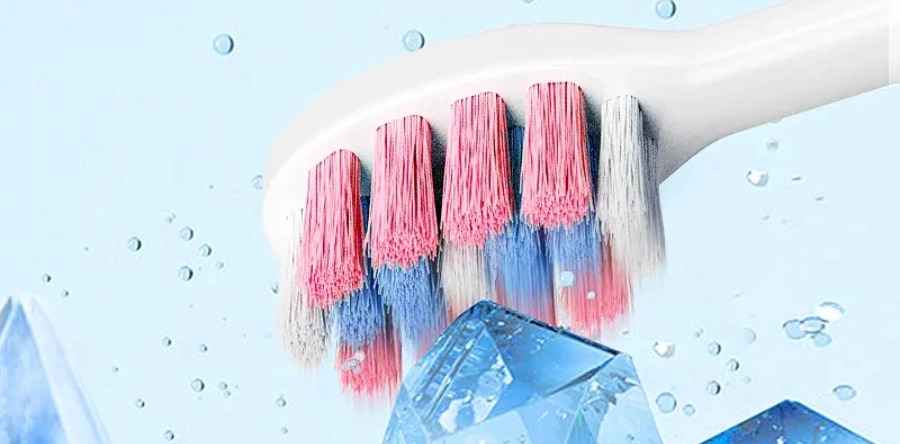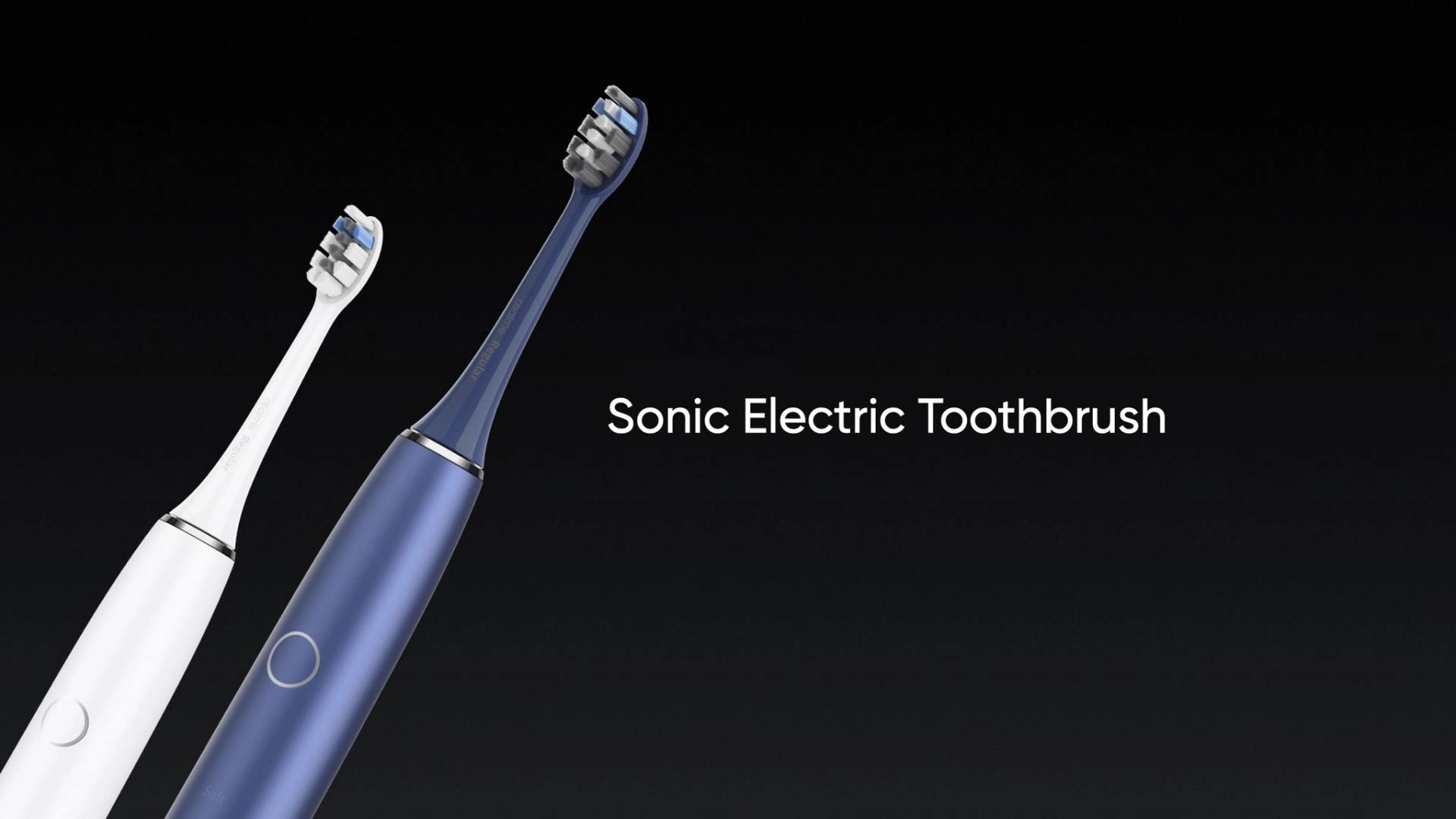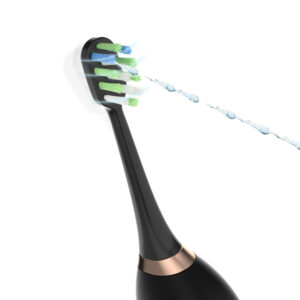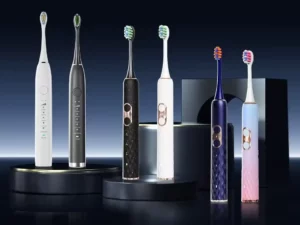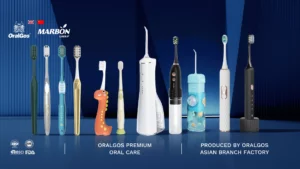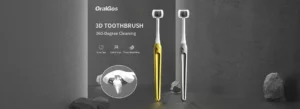The electric toothbrush revolutionized oral hygiene by offering a more efficient and effective way to maintain dental health. These devices utilize technology to enhance the brushing process, making it more convenient and thorough. Creating an electric toothbrush involves a blend of engineering, materials science, and design principles. In this essay, we will delve into the step-by-step process of crafting an electric toothbrush.
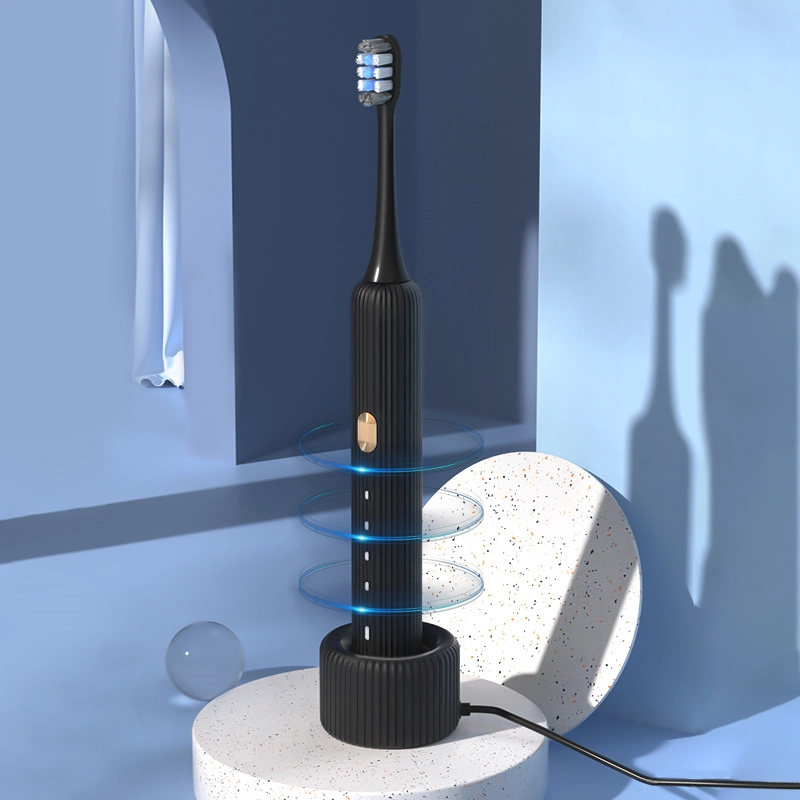
Step 1: Conceptualization and Design
The journey begins with a clear concept and design for the electric toothbrush. Engineers and designers collaborate to outline the specifications, features, and overall aesthetics of the product. Considerations include the type of bristles, brush head shape, handle design, grip texture, and button placement. The goal is to create a user-friendly and visually appealing device that meets ergonomic standards.
The electric toothbrush provides optimal oral hygiene while ensuring user convenience. It features a sleek, ergonomic handle made from durable, eco-friendly materials that ensure a comfortable grip during use. The brush head is replaceable, utilizing a snap-on mechanism for easy maintenance.
The heart of the toothbrush is a powerful yet silent motor that delivers gentle vibrations for efficient plaque removal. The motor operates in multiple modes – standard, sensitive, and deep clean – allowing users to customize their brushing experience based on their oral health needs.
To enhance user experience, a built-in two-minute timer with 30-second intervals emits a subtle pulse to indicate when to switch brushing quadrants, ensuring thorough coverage of all teeth. The toothbrush also features Bluetooth connectivity, enabling it to sync with a dedicated smartphone app. The app provides real-time feedback on brushing technique, tracks brushing history, and sends timely reminders for replacing brush heads.
A long-lasting lithium-ion battery powers the toothbrush for up to three weeks on a single charge, reducing the need for frequent recharging. The toothbrush conveniently charged via a compact wireless charging dock, reducing clutter on bathroom countertops.
Step 2: Material Selection
Selecting the right materials for an electric toothbrush is essential for ensuring durability, safety, and user comfort. Here’s a guide to help you make informed material choices:
Part 1
- Handle Material: Opt for materials that are durable, lightweight, and comfortable to hold. Common choices include ABS (Acrylonitrile Butadiene Styrene) plastic, which is sturdy and impact-resistant, or silicone rubber for a softer grip. Ensure the chosen material is non-slip, easy to clean, and resistant to water and chemicals commonly found in toothpaste.
- Brush Head Material: The brush head should made of materials that are safe for oral use and effectively clean teeth without causing harm. The bristles typically made from nylon, as it is durable and flexible. Ensure the bristles are rounded and smooth to avoid damaging the enamel and gums.
- Motor Components: The motor components should made from heat-resistant and durable materials to withstand the mechanical and thermal stress generated during operation. Engineering plastics such as PEEK (Polyether Ether Ketone) or PPS (Polyphenylene Sulfide) often used for motor components due to their high-performance characteristics.
Part 2
- Battery Housing: If the toothbrush has a rechargeable battery, the housing should made of fire-resistant materials like flame-retardant ABS or PC/ABS blends to ensure safety during charging and use.
- Connectors and Wiring: For internal components and wiring, use materials that are heat-resistant, electrically insulating, and able to withstand mechanical stress. Polyamide (Nylon) or Teflon (PTFE) are common choices for wiring insulation due to their excellent electrical properties.
- Sealing Components: To protect internal components from moisture and contaminants, use sealing materials like silicone gaskets or O-rings. These materials provide water resistance and help maintain the toothbrush’s integrity.
- Charging Dock and Accessories: For the charging dock and any other accessories, choose materials that are durable, visually appealing, and functionally appropriate. Plastics with a smooth finish or even materials like glass, depending on the design aesthetic.
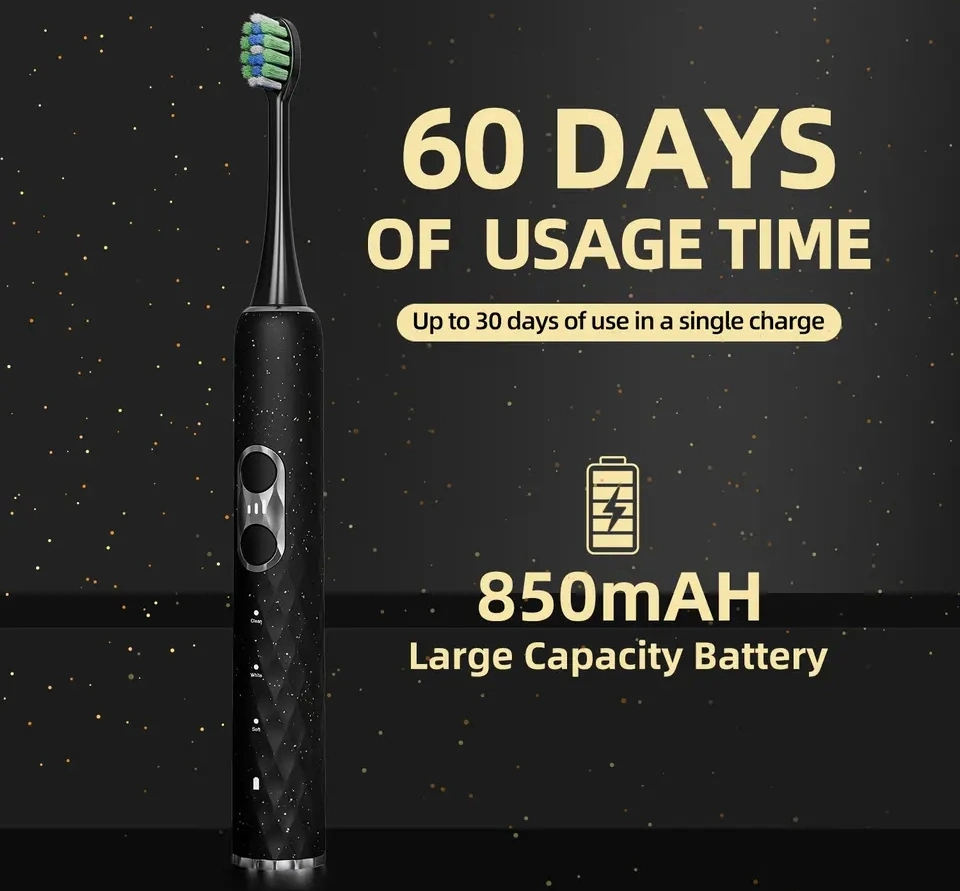
Step 3: Components Assembly
The electric toothbrush consists of several key components: the motor, battery, circuit board, on/off button, and bristle assembly. The motor generates the brushing motion, and the battery provides the necessary power. Engineers design the circuit board to control the motor and manage the power consumption efficiently. Assembling these components requires precision and attention to detail to ensure seamless functionality.
Step 4: Bristle Attachment
The bristle assembly is a critical element of the electric toothbrush. The brush head houses the bristles, which come in various designs – from soft to medium to hard – catering to different dental needs. The bristles are attached securely to the brush head to prevent them from dislodging during brushing. The design of the bristle pattern influences the brush’s cleaning effectiveness and ensures coverage of all tooth surfaces.
Step 5: Motor and Motion Mechanism
Selecting the right motor for an electric toothbrush is crucial for achieving the desired performance, efficiency, and user experience. Here’s a guide to help you choose the appropriate motor:
Part 1
- Motor Type: There are two main types of motors commonly used in electric toothbrushes: vibration motors and brushless DC (BLDC) motors. Vibration motors are simpler and cost-effective, providing basic oscillating movements. BLDC motors offer more precise control, higher efficiency, and longer lifespan, making them suitable for advanced features like multiple brushing modes and smart capabilities.
- Power and Speed: Consider the desired speed and power output of the motor. Toothbrush motors typically operate at a range of 5,000 to 40,000 oscillations or rotations per minute (OPM/RPM). Higher speeds can provide better cleaning efficiency, but ensure the motor remains quiet and vibration levels are comfortable for the user.
- Efficiency: Efficiency is crucial to maximize battery life. BLDC motors are generally more efficient than traditional brushed motors due to their electronic commutation and reduced friction.
- Noise Level: A quieter motor enhances user comfort. Check the manufacturer’s specifications for the motor’s noise level and vibration. BLDC motors are known for their quieter operation compared to traditional brushed motors.
- Size and Form Factor: The motor’s size should fit within the toothbrush’s handle while leaving enough space for other components. Additionally, consider the shape of the motor and how it integrates with the overall design of the toothbrush.
Part 2
- Durability and Lifespan: Choose a motor that is built to withstand the mechanical stress and moisture encountered during toothbrushing. Motors with high-quality bearings and sealed enclosures tend to have longer lifespans.
- Control and Features: If the toothbrush offers multiple brushing modes or advanced features like pressure sensors, consider a motor easily controlled to accommodate these functions.
- Voltage and Power Requirements: Ensure the motor’s voltage and power requirements align with the toothbrush’s battery capacity and voltage. This is especially important for prolonging battery life.
- Brand Reputation and Supplier Support: Opt for motors from reputable manufacturers with a track record of producing reliable and high-quality components. Supplier support and availability of replacement parts can also impact the longevity of your toothbrush design.
- Testing and Prototyping: Before finalizing your motor choice, conduct testing and prototyping to assess how well the motor performs in real-world conditions. This can help identify any issues related to noise, heat generation, or vibration.
- Regulatory Compliance: Ensure that the motor meets any relevant safety and regulatory standards, particularly if intended for oral care products.
Considering these factors and evaluating different motor options, you can select a motor that aligns with your toothbrush’s design, performance, and user experience goals.
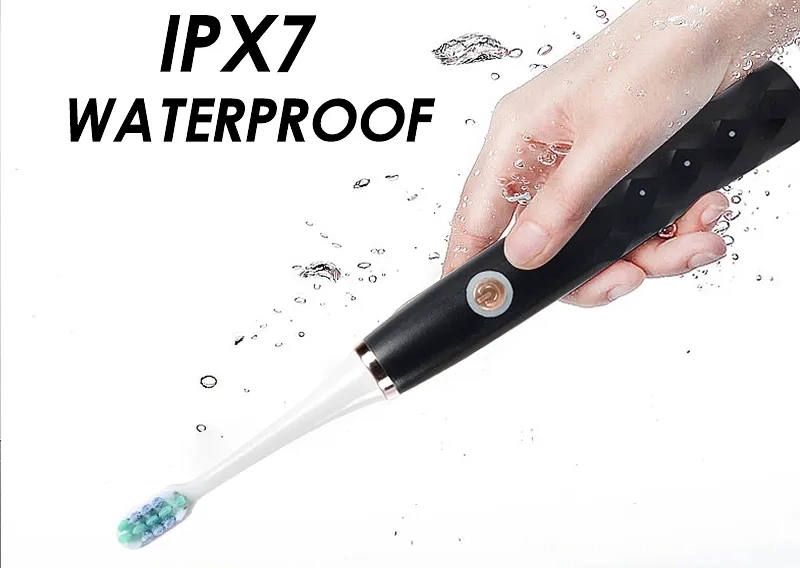
Step 6: Battery and Power Management
Selecting the right battery for an electric toothbrush is crucial for ensuring optimal performance, battery life, and user experience. Here’s a guide to help you choose the appropriate battery:
Part 1
- Battery Type: Lithium-ion (Li-ion) batteries are commonly used in electric toothbrushes due to their high energy density, light weight, and long cycle life. They provide consistent power output over the battery’s lifespan and are rechargeable.
- Capacity and Runtime: Choose a battery with sufficient capacity to provide the desired usage time between charges. The toothbrush’s runtime is determined by the battery’s capacity and the power consumption of the motor. A typical toothbrush can operate for several weeks on a single charge.
- Voltage and Compatibility: Ensure that the battery’s voltage matches the requirements of the toothbrush’s motor and electronics. Most electric toothbrushes operate at lower voltages, typically around 3.7V.
- Size and Form Factor: The battery should fit comfortably within the toothbrush handle without compromising the overall design or ergonomics. Consider both the physical dimensions and shape of the battery.
- Charging Characteristics: Li-ion batteries require specific charging parameters to ensure safety and longevity. Choose a battery that is compatible with your toothbrush’s charging circuit and can be charged without overcharging or overheating.
Part 2
- Cycle Life and Longevity: Li-ion batteries have a finite number of charge cycles before their capacity starts to degrade. Look for batteries with a high cycle life to ensure a longer overall lifespan for the toothbrush.
- Charging Time: Consider the charging time required to fully charge the battery. Faster charging may be desired for user convenience, but ensure it doesn’t compromise the battery’s long-term health.
- Testing and Prototyping: Before finalizing your battery choice, conduct testing and prototyping to ensure that the battery meets your toothbrush’s power requirements and provides the expected performance.
- Environmental Impact: Consider the environmental impact of the battery materials and manufacturing processes. Look for suppliers that offer environmentally friendly options or recycling programs.
Step 7: Quality Control and Testing
Before the electric toothbrush reaches the market, rigorous testing and quality control measures are employed. Functional tests ensure that the motor, motion mechanism, and power management systems work flawlessly. Durability tests assess the device’s ability to withstand the rigors of daily use. Moreover, safety tests are conducted to ensure that the device meets regulatory standards for electrical safety and material composition.
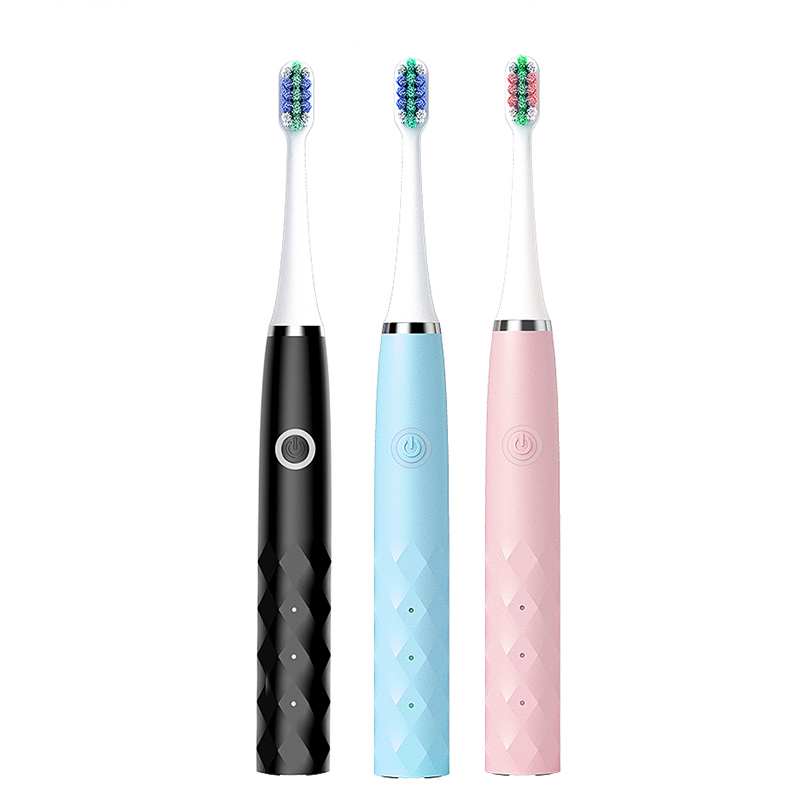
Private Label Electric Toothbrush Can Help You
When huge brand names have issues with product supply, consumers turn to private label brands which provide better results, greater transparency, and lower pricing.
To maximize your brand’s potential, an electric toothbrush manufacturer must provide various customizations while ensuring a premium, high-quality product. We mentioned earlier that Marbon takes care of every manufacturing process – from design to packaging. We providing quality reports until electric toothbrushes are set out to distributors.
MARBON is the Right Manufacturer
Considering the complexities of products, your electric toothbrush manufacturer must simplify the process for you. The manufacturer must help you manage the relevant and critical aspects of the manufacturing process and distribution.
MARBON has provided dental and oral care products to different clients worldwide, and we guarantee to offer a distinct and personalized approach to every brand. In addition to quality, we at Marbon give utmost importance to the safety of all our products. We pride ourselves on being compliant with ISO and BSCI standards.
